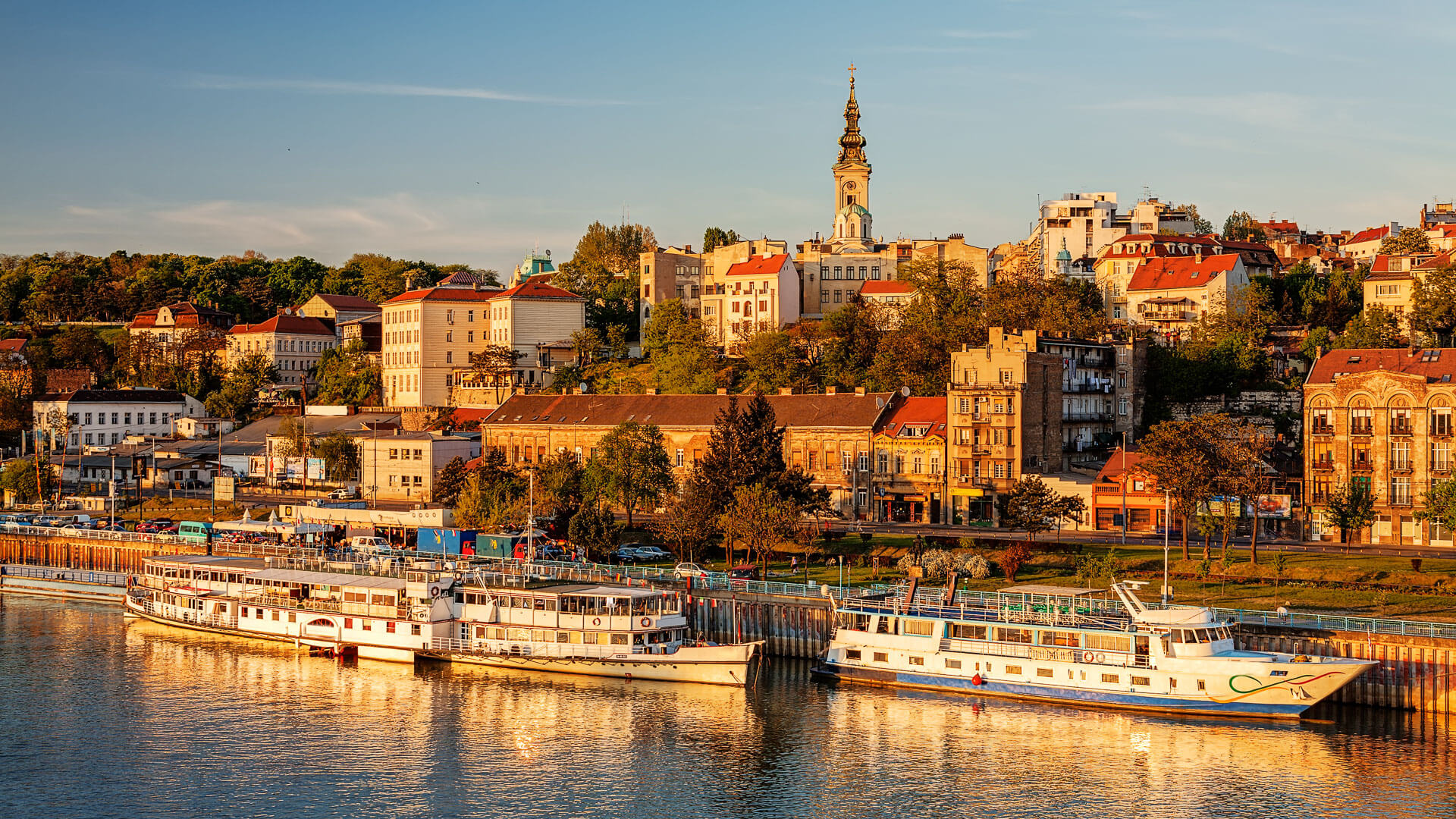Gran Canaria: An Unforgettable Nature and Nurture Journey

Within the Canary Islands, tourism has eclipsed agriculture because the leading industry. To lure tourists, a number of of the volcanic islands engaged in some unusual practices. In Tenerife and Lanzarote, where destination beaches were lacking, the shorefront was cleared of rough lava rocks before tons of sand were brought over from the Sahara Desert to create the beaches European tourists craved.
It was a “Field Of Dreams” scenario, where should you construct it, they may come. For the reason that Nineteen Seventies, tourism supplanted the agricultural products of tomatoes, sugarcane, and bananas, to call a number of, to turn out to be the primary revenue source.

Gran Canaria experienced an analogous economic shift without having to construct the beaches. A tsunami within the 1700s delivered the sand freed from charge. The south side of the island is home to the Maspalomas Dunes Reserve – 10,000 acres of sand dunes bordered by nearly two miles of wide, sandy beach protected as a nature preserve since 1987. Walking along the beach in the nice and cozy, shallow water, you possibly can see inundating waves of sand dunes stretching to the horizon.
Previously, the dunes were open to everyone. More recently, laws was enacted to limit access to the dunes to a bisecting path, leaving the vast reaches untrampled and littered by tourists, most of whom never learned to go away no trace but their footprints. After years of unfettered use, it’s proving hard to implement, but locals are convinced that eventually, the pristine fantastic thing about the dunes might be preserved.

I got to explore the beach, the dunes, and the massive lake nestled on the sting of the dunes each by walking the paved promenade along the lake and the beach, then mountain climbing the sandy path through the dunes. The birdwatching was incredible.
I even saw my first spoonbill! The people watching was incredible too, though not all of them were clothed. I didn’t think it was considerate to walk the clothing-optional section of the beach fully clothed, so I turned around every time I spotted naturists baring all of it. (Note to self – Why is it that the people who find themselves naked in public seem like they needs to be those wearing clothes?)

The beach and dunes were readily visible from my balcony on the Seaside Palm Beach Hotel and just a brief walkway from there, so I had loads of opportunity to enjoy all of the surf and sand and all the nice food and amenities. There have been pools and gardens and an immense breakfast buffet with a jamon carving station vying with the beach for my attention. It truly is an amazing place to remain!
But my visit to Gran Canaria wasn’t all beachcombing voyeurism, it just appeared like it sometimes. No, there have been wine and rum tastings, mountain hikes to scenic vistas, historic urban walks, and in every single place there was music.

The primary Music Society in Spain was created in Las Palmas de Gran Canaria within the nineteenth century, but classical music there could be traced back to native composer Mateo Guerra within the mid-1700s.
Since then, the scene has grown until now. The International Festival of Classical Music, the biggest winter music festival on this planet, takes place every January and February. But there’s greater than classical music within the air, and it’s not only in the course of the winter.

Historically, Spain is legendary for its luthiers (think Antonio de Torres Jurado – a.k.a. Torres) and the musicians who perform on their instruments. (The champion of Torres’ guitars, Andres Segovia, elevated the guitar to orchestral status.)
Gran Canaria has its own luthiers making a neighborhood stringed instrument called a timple. It’s smaller than a guitar – ukulele-sized – with 5 strings and a high-pitched sound that projects well. It isn’t used to play classics, more often for folks songs or dance accompaniment.

Music filled the soundtrack of my tour. (link to video) At Agala Winery, with David Diaz and Kevin Gonzalez on a guitar and the normal Canary Island timple we had wine and folk music. They played their original song “Within the Shadow of Nublo Rock” which towered behind them, visible through the window, while we tasted wine named for the altitude of the steep terraces where the grapes were grown on this mountainside vineyard. Agala Winery, on the Gran Canaria Wine Trail, is a wonderful place to taste the local wine.

There was incidental music within the luthier Carlos Felix’s guitar display we visited within the historic a part of the City of Arucas, within the Plaza de San Juan near the black, neogothic cathedral-looking Church of San Juan Bautista. The curator showed off the sounds of among the many instruments he made.
Then, over lunch on the Seaside Palm Beach Hotel, we heard an electronic violin playing over the sound system before the violinist appeared at our table to serenade us. Her Bluetooth “violin”, little greater than a sensuous piece of metal sculpture with strings attached, allowed her to play wirelessly as she strolled from table to table on the outdoor patio.

High Tea on the Santa Catalina, a Royal Hideaway Hotel, included a background of cello music, where a solo musician filled the grand ballroom with exquisite sound. Talking over him was one in every of the last vestiges of the British Empire guiltlessly espousing the imperialism of her generation on the island while slurping cava by the glassful and scarfing up petit fours from the splendid tower of nibbles the hotel provided. I actually enjoyed the cello.

Finally, the perfect musical interval got here at the attractive Auditorio Alfredo Kraus designed by the gifted Catalan architect Oscar Tusquets. Before the concert there was a tour of the constructing from the principal performance space where the audience was assembling, to smaller stages below that level.
Each offered superb acoustics and the somewhat hokey wall art that kept with the general water and sea creature decorations of the important auditorium. Eventually, we reached the backstage areas where the musicians were engaged in pre-concert warmups. Hearing such a discordant cacophony made it difficult to assume the cohesive sound that might later beguile us.
Then, finally call, when the Gran Canaria Philharmonic Orchestra members filed through a door to assemble for the concert, I used to be caught of their group and suddenly found myself onstage with the bass players, first searching through the amazing backdrop of a window after which up over the assembling audience within the tiers of seats rising to the heavens. What a tremendous view I assumed before scrambling off the stage and into my seat.

The highlight of the concert, which was bookended with Igor Stravinsky’s Scherzo fantastique Op. 3 and his La Consagration de la primavera (The Rite of Spring), was the handsome young pianist Isaac Martinez Mederos, brilliantly performing Piano Concerto no. 3 in D major, op. 26 by Sergei Prokofiev. This accomplished the primary half of the concert.

I noticed differences between audiences within the US and in Gran Canaria, but I don’t know in the event that they extend to all of Spain, or all of Europe, for that matter. After the primary movement of the Prokofiev concerto your entire audience applauded thunderously. That may never occur here, although there could be a few individuals who didn’t read this system offering a transient and tentative applause.
Then, after the second movement – total silence – as if the primary applause and this silence weren’t mistakes. It was after the third and final movement that the applause almost brought the home down, but nobody stood as we might here with that show of enthusiasm. As an alternative, they applauded loudly and hard, bringing the pianist back out on the stage twice for bows. After which something else I’d never seen before; the pianist sat down and did a brief encore before the intermission! It was like icing on a cake, superfluous, but so good.

The Auditorio Alfredo Kraus is perfectly situated on the shore in the middle of Las Palmas de Gran Canaria, with a floor-to-ceiling wall of windows behind the stage looking west out over the ocean, covered to maintain out the extreme late afternoon sun because the concert began.
Sadly, we had to go away early; our schedule was very tight, but when the orchestra returned to the stage after intermission, the windows were uncovered, and the audience could regale within the Rites of Spring with the setting sun as a backdrop. Imagine the majesty and drama because the sun’s fading light illuminated the acoustically perfect hall. I used to be sorry we needed to miss that. Next time….

Once we weren’t surrounded by music, we were surrounded by the natural fantastic thing about Gran Canaria. Someday it was the shore, the subsequent was the Sacred Mountains in the middle of the island, a UNESCO World Heritage site. We hiked partway to the towering Nublo Rock, with vistas down through the valley to the ocean within the far distance, our trail lined with wildflowers and sentinel trees. Nearly half the island is protected as a natural preserve.

One other time, we walked along a narrow track skirting a mountaintop with cave homes dug into the cliff face rising to our right as the opposite side dropped down over the craggy ridges below. They looked like something I’d see in California, another lifestyle clinging to the mountainside in a hodgepodge of colourful flowers and patios.
One was even an AirB&B. My reference to old hippies living there was quickly disparaged. Apparently, hippy doesn’t have connotation there, however it is strictly what they jogged my memory of.

That walk ended at Torgor, a restaurant built right into a cave within the mountain, too. We dined on the massive patio overlooking Guayadeque Valley. It was a typical Spanish meal of so many plates of delicious appetizers – fried Padron peppers, gofio in fish broth, cheese, squid, grilled sausages – that we were full when the meat and ubiquitous plate of wrinkled potatoes with a red mojo sauce were served.
Here was a spot that knew to not overcook the meat, a top quality appreciated more because most Canary Island restaurants have no idea what rare means. It was the right end to an extended walk within the fresh mountain air.

For a distinct kind of cultural immersion, we visited the handicraft town of Ingenio to tour the Taller de Artesinia de Ingenio community center. Our visit purportedly was all about preserving the art of embroidery, which has an extended history in Gran Canaria. “El Calado” embroideries were once extremely popular and an emblem of Canarian culture.
Today, a loosely formed group of mature women keep the tradition alive, meeting to work on their embroidery projects together, but in doing so, they achieve so way more. On our visit, the women were joined by young people learning the venerable art. It was exciting to see grade school and high school-aged children bent over their embroidery, exploring their abilities in a protected and nurturing environment.
In actual fact, while the “Caldoras” shared their passion and artistry with us, they inadvertently showed us how a community can come together to guard their vulnerable children, allowing them to grow and develop in their very own ways. The community center also supports an award-winning folk dance group that has traveled to events here within the US and elsewhere world wide.

Twenty-seven-year-old Blas Diaz said he began at the middle as a musician when he was three. He’s now a job model and mentor to the subsequent generation. Other musicians, resembling those who played on the Agala Winery, call the middle home.
During our visit, two young ladies, Suadu Sene Faye and Cintia Diaz Ortega, showed off the striking gowns they made in an impromptu fashion show. And everybody there knows the right way to embroider. Regarding the youth of Ingenio, it does take a village, they usually are doing a beautiful job!

On one other inclusive note, during a tasting tour of the Arehucas Rum distillery (try their smooth-tasting Captain Kidd Rum), our guide, Cesar Arencibia, showed off the headdresses the distillery creates annually to present to the drag queen declared “Queen of the Pride Parade”. Gran Canaria has one in every of the biggest Pride Parades within the Canary Islands, and everybody works hard to make it higher every 12 months. I used to be sorry to miss this 12 months’s parade and even sorrier to think how badly we in the US are mistreating drag queens in some parts of our own country.
So, Gran Canaria, called the “Continent Island” since it has such a various collection of natural wonders to point out off, could possibly be called the “Nurturing Island” since it has created a music-filled space where persons are free to specific themselves without fear or retribution. The food and wine were remarkable, the five-star accommodations and the scenery were incredible, however the persons are the important reason I might return. They make Gran Canaria grand.
Canary Islands Travel and Tour Packages
Want more updates about other Canary Islands tourist spots? Like, Follow, and Subscribe to OutofTownBlog.com on Facebook, Twitter, Instagram, and Pinterest, and Team out Of Town on YouTube for more Canary Islands Travel Spots.
Read:














